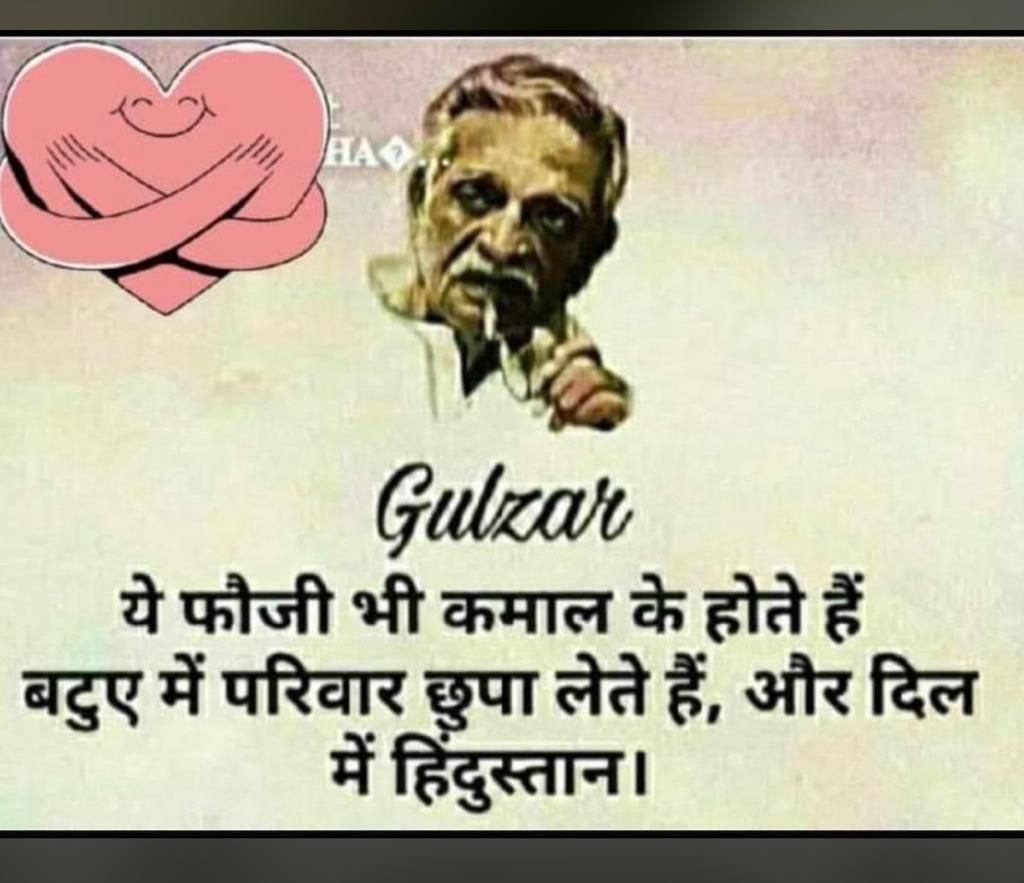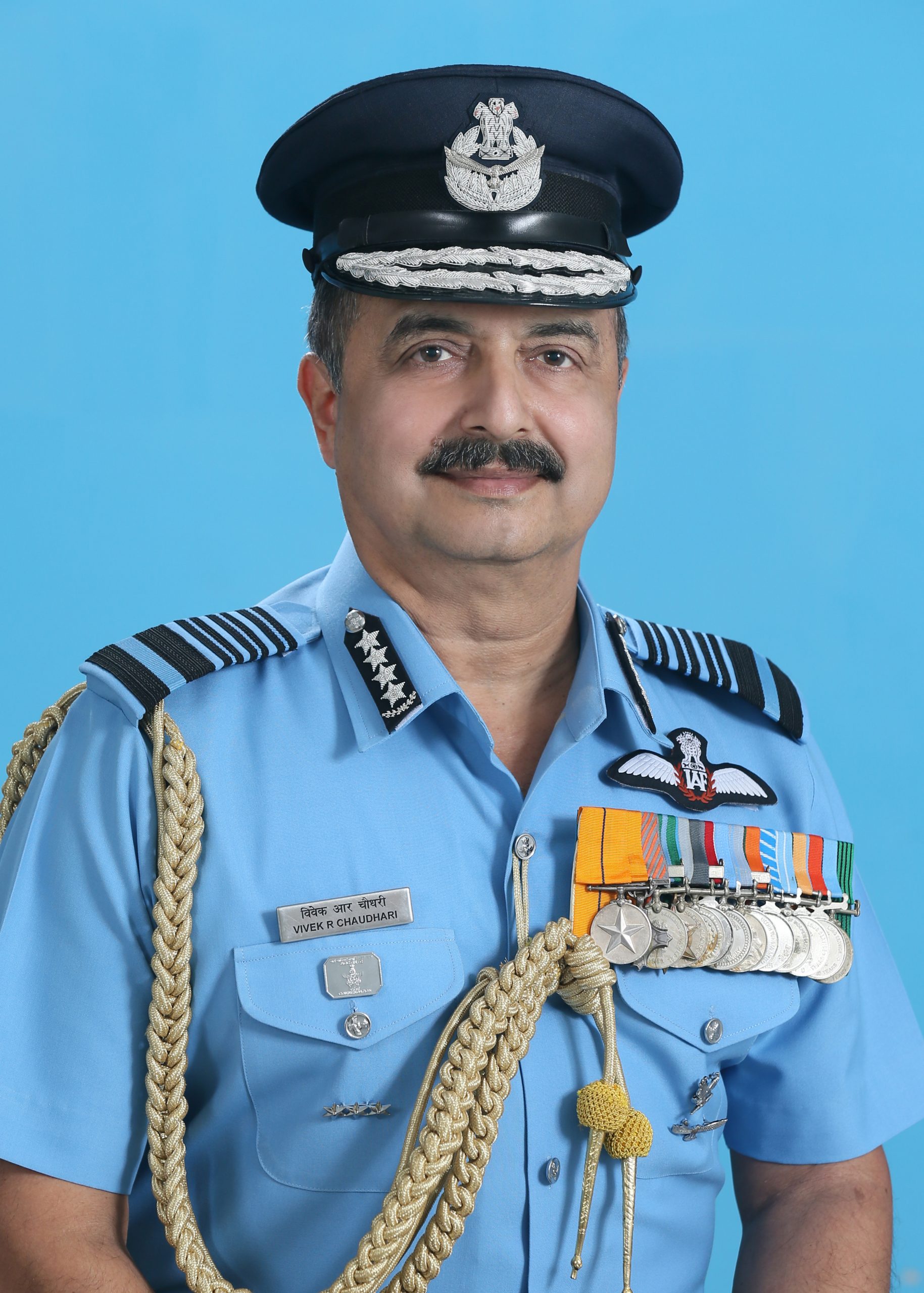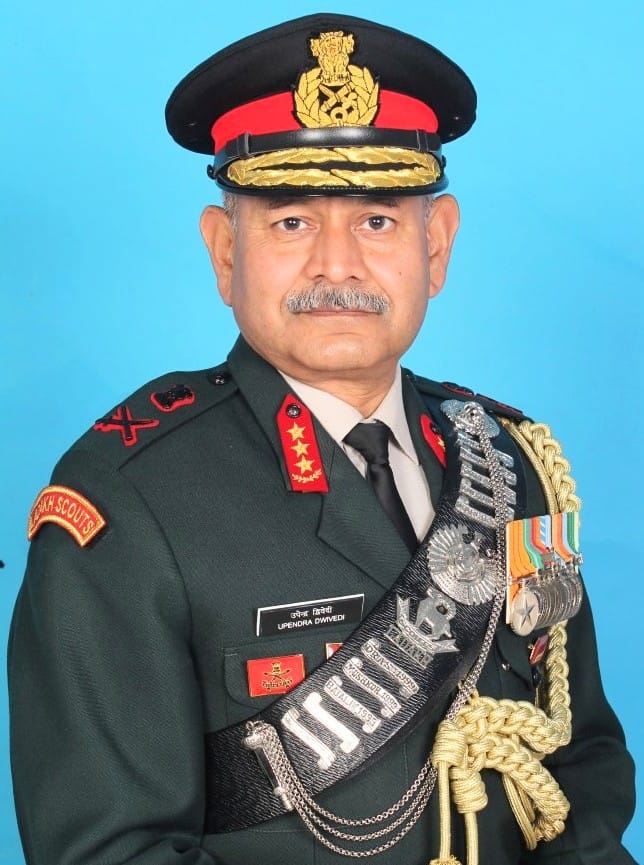Everyone in India understands the importance of the Gulf region. With 7.5 million Indian expatriates, $30 billion annual remittances and major supply of India’s energy needs, it is a crucial region for pro-activeness of India’s foreign policy, economic and strategic initiatives. However, classically the Persian Gulf isn’t only about the Gulf Cooperation Council (GCC); its other shoreline lies in Iran.
Isolated for long from the mainstream international community, Iran’s geostrategic and geopolitical importance is fully recognized by India. However, this recognition has never been successfully transformed into even a modicum of a strategic relationship. Iran’s strained relationship with the international community at large, right through the pre and post-Cold War period was a major contributor to the lack of movement in India-Iran relations. The world order was in turbulence and Iran’s unpredictability, especially during the stewardship of Mahmoud Ahmadinejad, prevented any clarity on its international position.
In addition, India was itself undergoing a transition in its strategic orientation and positioning. Its strategic independence has been mostly intact but influence of the US and the West, improved relationship with Israel, strengthened involvement with the GCC countries (especially Saudi Arabia) and a level of understandable uncertainty on Iran’s nuclear issue all contributed to the challenges of developing a stronger relationship.
Now that the 14 July 2015 Joint Comprehensive Plan of Action (JCPOA) is in place and Iran is emerging from isolation, albeit it’s not a blitzkrieg breakout, it is time to view India’s lost opportunities in relation to Iran. As Prime Minister Narendra Modi embarks on what could be one of his most important foreign visits, it is for the public to fully appreciate why this is so.
There will be enough detractors to remind us of the negative aspects of the India–Iran relationship of the past, the passing support to Pakistan during the India Pakistan conflicts and the slightly bitter bent during the period of the sanctions and Iran’s nuclear standoff with the international community.
The emerging opportunity for both India and Iran was best summed up by Gholamreza Ansari, Iran’s Ambassador to India, in a seminar at New Delhi. He stated “In my three years as the Ambassador of Iran, I have often been advised to be patient on big India-Iran projects. Does India want to wait for centuries before capturing the right opportunities?”
Thus Prime Minister Modi’s visit comes not a day too soon and is one under intense scrutiny by different players for what it is expected to deliver. It is being virtually treated as barometer visit in the post sanctions period.
Iran’s geo-strategic importance for India stems from the viability it offers for access to Afghanistan and Central Asia, something denied to it by Pakistan for obvious reasons. A warm India–Iran relationship would deny the possibility of any exploitation by Pakistan in its enduring search for ‘strategic depth’, a flawed idea as it is. India, however, now has the clout and position as an international player where its relationship would no longer be viewed through the Pakistan prism.
PM Modi’s visit should apparently be focused on three areas. First and foremost is the re-establishment of politico-diplomatic warmth missing for so long despite the potential always having been there.
Second is the economic payoffs, particularly related to energy. Third is the accessibility aspects and the potential that they offer. Chabahar port and a deal for its development and accessibility through it is likely to be the flagship deal of the visit. There is a fourth issue which needs careful meandering and that relates to Israel.
The Persian civilisational connect with India’s past exists but is insufficient by itself to take forward a relationship. Both nations are rich in history and culture but have been unable to translate that into a relationship. Iran has watched from the sidelines as India developed its relationship with the Arab world.
It always perceived India being close to Iraq under Saddam Hussain. As India’s economic stakes developed in the Gulf, the influx there of a huge Indian diaspora helped expand the mutuality of the relationship with the Arabs. Energy remained one of the clinching issues of the links with the Middle East.
While a similar relationship on the basis of energy related interests also existed with Iran, the employment opportunities offered by the GCC countries and the role of soft power ensured a more enduring and lucrative relationship with these countries.
There is no doubt that the tentativeness of India-Iran relations and the lack of Indian initiatives too was partially due to the emerging Indo-US relationship in the post-Cold war period. India, while maintaining its strategic independence was drawing closer to the US due to its need of technology, development of its economy and other strategic reasons.
The same applied to Israel with whom a very strong relationship developed. The US-Israel equation was largely responsible for applying controls on Iran. Today, India has a developing strategic relationship with the US and is an important pole in the US strategy for containing China. With Israel, the relationship remains strong. But the position of Iran is changing after the signing of JCPOA allowing a window for India to realize the intent of a warmer relationship.
Energy and economics remains one of the major drivers. India’s voracious appetite for energy after the opening of its economy in 1991 forced it to increase the intake of oil from Iran. Although it went up to 16-18 percent of the total oil imports, the full potential was not exploited despite obvious advantages. These advantages were the short distance for transportation, and the quality of crude being suited to Indian refineries. The uncertainty of flow during the Iran-Iraq war of the Eighties and the post revolution period placed dampeners on the reliability of supplies thus also contributing to the low volumes.
Indian companies have invested in the exploration of undeveloped areas in the energy sector. Close to $5 billion is likely to be spent in the future on the development of the Farzad B gas fields and other stakes. This process which slowed down due to sanctions, negotiations of the nuclear deal and the processing problems of payments is likely to receive a major impetus with PM Modi’s visit. The $6 billion oil bill which is still to be paid by India due to processing constraints will hopefully also be resolved faster than the thaw in Iran’s overall relationship with the international community.
It is geopolitics which need quicker results. A visit at the level of the Prime Minister goes beyond just specifics. Its success does not lie in the number of MoUs that are signed but also the establishment of a process of improving trust in the relationship. It is in this area that the challenge lies.
As much as its own strategic relationship with the US which attempts to place restraints on India it is the very strong relationship in the area of military and technology exchanges between India and Israel which may also be a limiting factor. This is where the tight rope walk will be for Mr Modi.
India definitely needs Israel for the unencumbered and limitation free supply of crucial military hardware and technology for its military modernization program and other advancements. No doubt, Mr Modi will demonstrate India’s strategic independence to pursue relationships on the basis of its national interests but will he also go a few steps beyond to act as a mediator? The relationship between Iran and Israel is dangerous but no effort at mediation has ever been made.
Iran in the post Ahmadinejad period is much more amenable and restrained. No doubt, it is pursuing a line of pegging its own strategic interests in the Levant and is often accused of promoting the ‘Shia Crescent’. However, this is a legacy of the past.
Iran does not wish to be hemmed in by the strange alliance or cooperative equation established between Israel and Saudi Arabia. This approach arises from its past fears which need to be played upon for it to adopt a more conciliatory approach towards Israel. It is clear that there is hardly another important country with which Iran can have a warmer relationship than with India.
If India can promote a ‘Sadat Moment’ for Iran and Israel it can change the dynamics of the Middle East which will also help in the defeat of the Islamic State (Daesh) The ‘Sadat Moment’ referred here alludes to the sudden change of heart that President Anwar Sadat had in 1978 which led to the Camp David peace process and ultimate rapprochement between Egypt and Israel; it altered equations for the better in the Middle East.
Coming to the geostrategic element, the most important is obviously the entire gamut of Chabahar. Lying in the southern coastline in the underdeveloped desert region of Iran is this port about which there are grandiose visions in India. A few things about it will establish the right strategic picture.
First, it is in competition with the bigger and richer Bandar Abbas. It is closer by geographic proximity to Afghanistan for India’s dream access to West Afghanistan and to Central Asia. However, the port is virtually undeveloped and needs a huge investment besides the fact that it has virtually no connectivity to the overland areas of India’s interest. For all its strategic importance, it will require a huge investment by India but money, for the moment, seems to have dried up, both in the private and public sector.
Iran itself does not have the immediate interest or the money to feel excited by any development prospects. It is learned that China is also playing spoil sport just as it is on a host of other issues such as India’s entry into the Nuclear Supplier’s Group. Iran will not be easy to negotiate with and it will extract its advantage from any such deal. The presence of Afghanistan as a part of this upcoming deal will throw up greater interest in international circles. It will be an initiative in favor of the Afghan Government and its quest for improvement of its economy and overall stability.
PM Modi’s inking of a deal on Chabahar will of course be a huge positive but the implementation is not going to be easy. Financially, the project which could be a game changer, requires a Public Private Partnership (PPP) and more consortiums to develop the infrastructure inland.
Iran may not be in a position to financially invest in this, notwithstanding the $100 billion which was frozen in the US banks and will be released in due course. Its other two ports Bandar Abbas and Bandar Khomeini are apparently sufficient for its current needs. Chabahar has some other constraints such as the ongoing low level insurgency initiated by the Baluchs who also inhabit the Sistan Baluchistan region of Iran. The Iranian Republican Guard has been deployed there for long.
It is not known whether India is pursuing anything in the field of acquiring Potash which the Iranians have in abundance; this could help India in its fertilizer production. Pursuance of the $7 billion Iran-Pakistan-India oil pipeline project is unlikely. Besides that India has now displayed its reluctance to continue with this, knowing fully well that Pakistan’s role in this will be always suspect.
If there is anything in which a strong bond is evident it is the enduring Shia Islamic culture and faith in India. India’s Shias subscribe both to the Qum and Najaf schools of Islamic learning, the latter being in Iraq and the former in Iran. There is a great sense of pride in the Shia culture of Awadh with which Iran has historic ties. Hopefully, the PM’s delegation will factor this and have in it a representative of the Awadh Shias who epitomize like Iran a far greater level of tolerance in today’s radical Islamic world.
Terror hasn’t been a problem on the India-Iran horizon except briefly when an Israeli team was targeted in New Delhi five years ago by an alleged Iran sponsored hit squad. Today, it is Daesh which is a source of worry. Iran will sit content that India will back all anti Daesh moves but it needs to convince India that it will work towards finding greater stability in Afghanistan and support India’s presence there. An India-Iran-Russia congruence will effectively block the Pakistan-Saudi axis, with China preferring to remain outside.
So, all eyes are on PM Modi’s visit which comes after the visit of Chinese President Xi Jinping to Tehran and President Rouhani’s to Islamabad. The Iranian leadership and people are clearly in need of initiatives to bring them back as players within the international community. Iran can perhaps find no other country better suited for this than India and its people.

Syed Ata Hasnain
Lt. Gen Syed Ata Hasnain (Retd) is the former Corps Commander of the Srinagar based 15 Corps, and is currently associated with Vivekanand International Foundation and the Delhi Policy Group, two major strategic think tanks of Delhi












































































